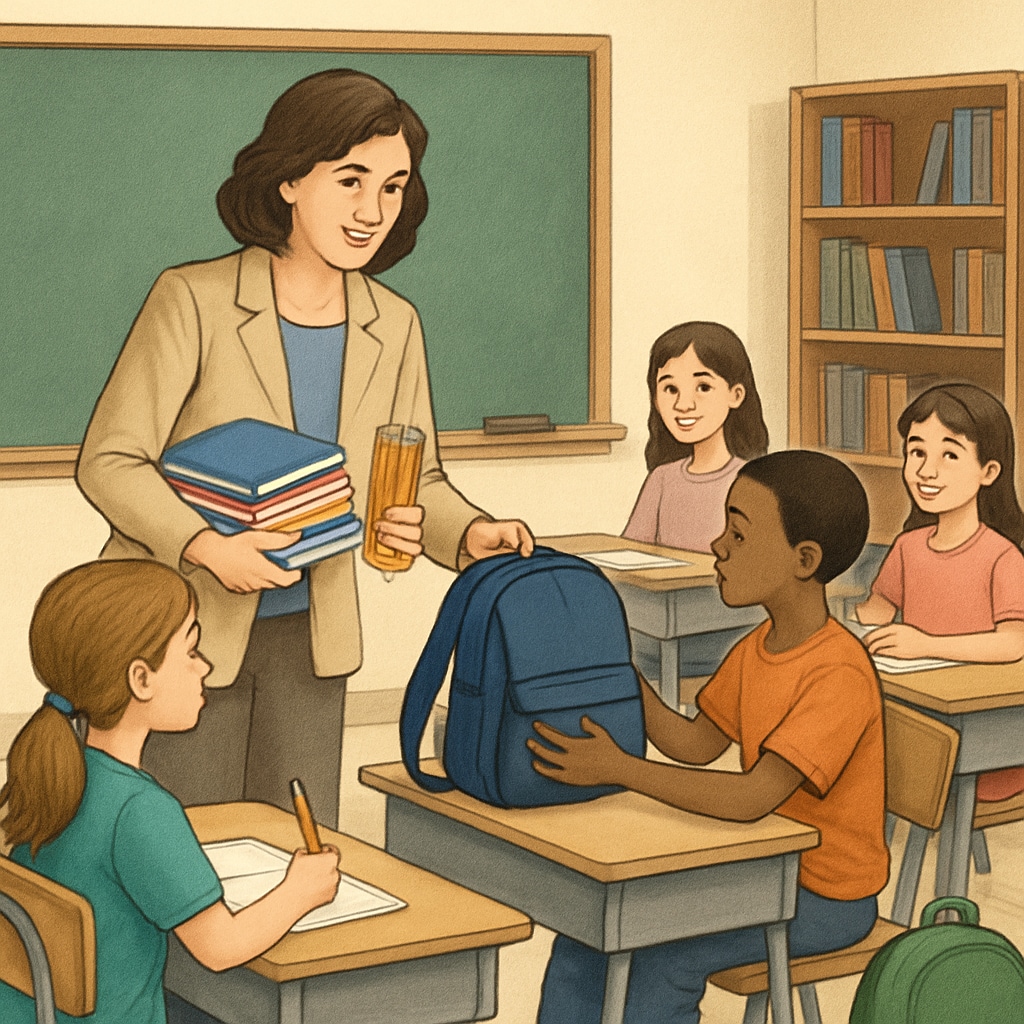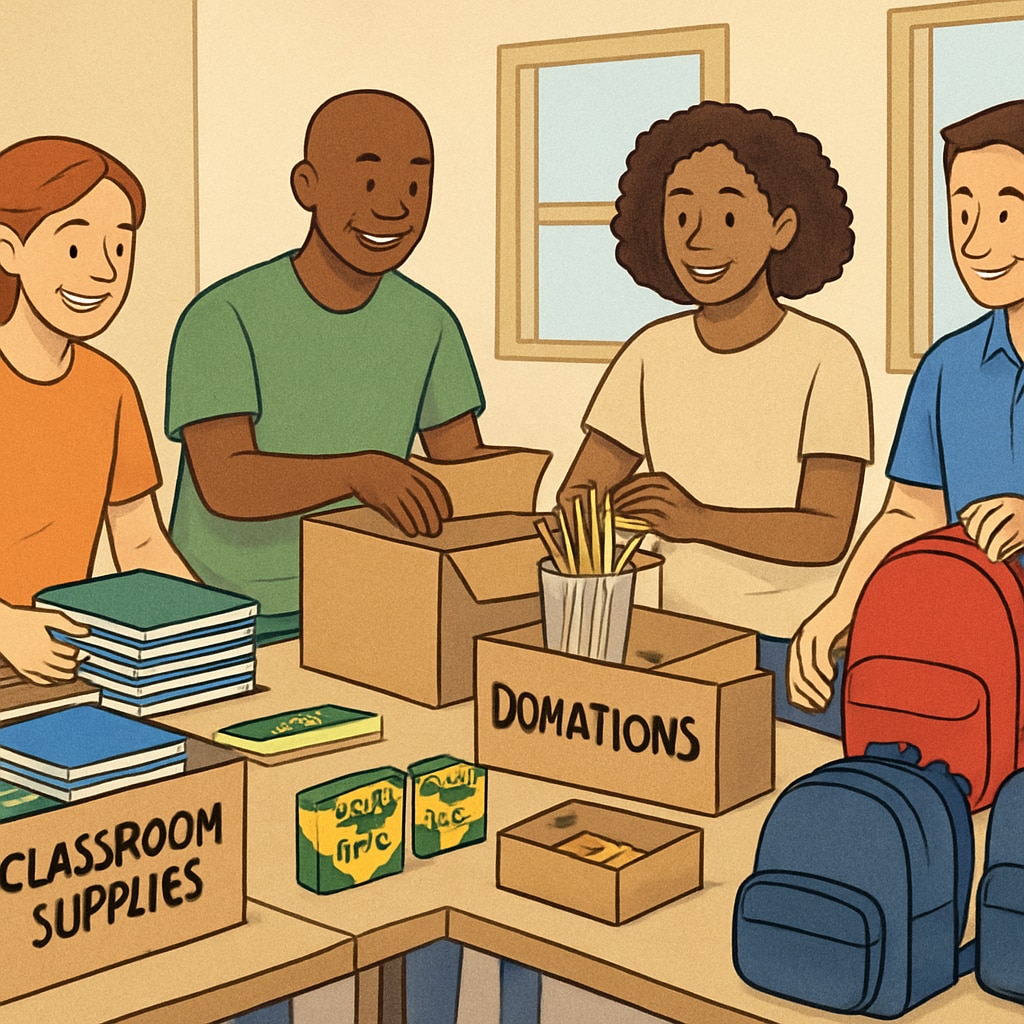In the challenging landscape of modern education, “Supporting Teachers, Donations, Classroom Supplies” plays a pivotal role in addressing inequities that hinder student success. Across the globe, many educators struggle with insufficient resources, often resorting to personal funds to equip their classrooms. This article explores the importance of classroom donations and outlines practical ways individuals and organizations can contribute to this meaningful cause, emphasizing how these efforts are investments in our collective future.
Why Classroom Donations Matter
Classroom donations are more than just providing materials; they represent a tangible way to support teachers and students in overcoming systemic barriers. According to Britannica’s overview on education, access to adequate learning resources directly impacts students’ academic performance and emotional well-being. Yet, many classrooms lack basic supplies such as books, stationery, and technology, widening the gap between underfunded schools and those with ample resources.
Teachers, often the unsung heroes of education, frequently spend hundreds of dollars from their own pockets to ensure their students have what they need. Donations can alleviate this financial burden while empowering educators to focus on teaching rather than fundraising. Additionally, classroom donations foster community engagement, demonstrating that society values education and its transformative power.

How You Can Support Teachers and Classrooms
Contributing to classroom donations doesn’t require extensive effort or a large budget. Here are practical ways to make a difference:
- Direct Donations: Provide essential items like notebooks, pencils, art supplies, or even furniture directly to schools or teachers in need.
- Partner with Charities: Organizations like DonorsChoose and AdoptAClassroom specialize in connecting donors with underfunded schools. Their platforms ensure transparency and impactful contributions.
- Corporate Sponsorships: Businesses can offer monetary support or donate surplus inventory to local schools, enhancing their corporate social responsibility efforts.
- Fundraising Events: Host or participate in community events such as book drives, bake sales, or auctions to raise funds for classroom supplies.
- Volunteer Time: Offering expertise or mentoring services to schools can be as valuable as material donations.
These actions, whether big or small, collectively contribute to a more equitable education system. As highlighted by Wikipedia’s article on education in the U.S., systemic improvements rely heavily on community-driven initiatives. Becoming part of this change ensures every child has access to tools that unlock their potential.

The Ripple Effect of Classroom Donations
Donating classroom supplies creates a ripple effect that extends far beyond the immediate recipients. For students, having access to adequate resources boosts academic performance, reduces anxiety, and fosters creativity. For teachers, donations reduce stress and enable them to focus on delivering quality education. In the long term, a well-equipped classroom cultivates the next generation of leaders, innovators, and changemakers.
Moreover, classroom donations promote social equity. By addressing disparities in educational resources, donors help level the playing field, ensuring that children from all backgrounds have equal opportunities to succeed. This ripple effect ultimately benefits society as a whole, fostering economic growth and social cohesion.
In conclusion, supporting teachers through classroom donations is not merely a charitable act—it’s an investment in the future. Whether you’re an individual or part of an organization, your contributions can transform lives and communities. Together, we can give wings to dreams and ensure every child has the resources they need to thrive.
Readability guidance: Short paragraphs and lists break down complex ideas; transitions like “moreover” and “in conclusion” ensure smooth flow; direct links to external resources add credibility while keeping readers engaged.


